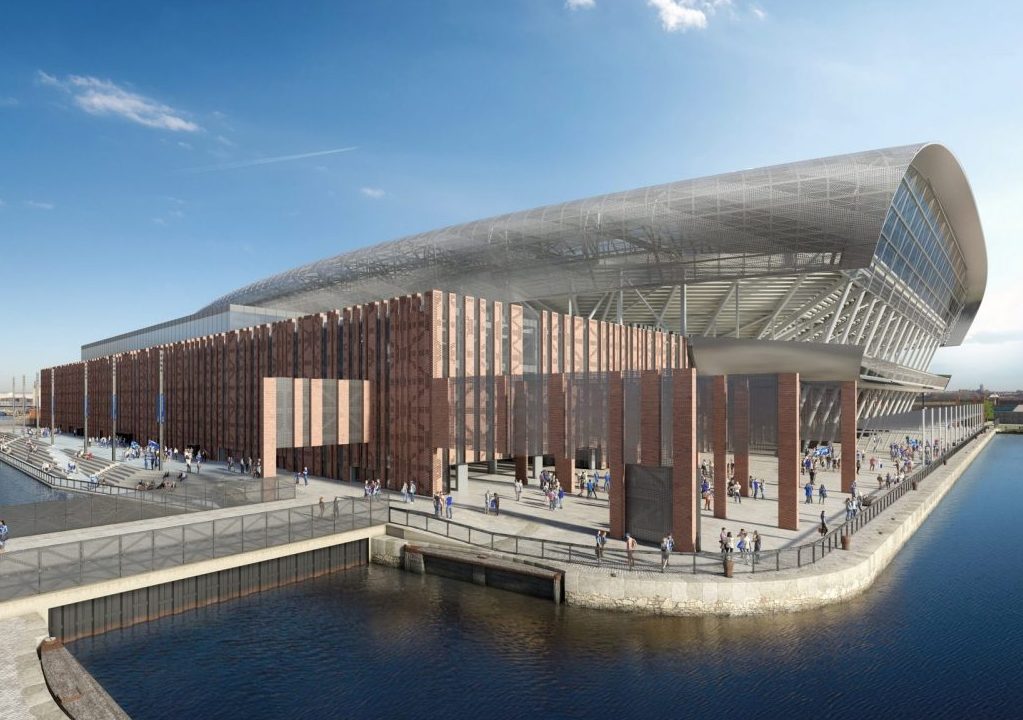Mayor of Liverpool, Joanne Anderson at the Cunard Building. Picture: Jennifer Bruce/Liverpool City Council.
Mayor of Liverpool, Joanne Anderson, reflects on UNESCO’s decision to remove the city from its list of World Heritage sites….
I’ve just heard the extremely disappointing news that Liverpool’s World Heritage status has been deleted.
To be honest, I’m a bit gutted by this, as I’m sure many who love our city will be.
I’m sad because I think UNESCO have got this completely wrong. For starters, the report that was drafted for the World Heritage Committee is littered with errors and unsubstantiated claims. The city’s World Heritage Taskforce have gone into great detail on this here.

The chief error is the assertion our World Heritage site has deteriorated.
I’m sorry – that is patently untrue. It is quite the reverse. In fact, Liverpool’s site has never looked better.
And the claim that Liverpool Waters has damaged the Outstanding Universal Value of the site is simply not the case.

The fact is the original vision and plans for Liverpool Waters that so worried UNESCO officials, resulting in the city being put on the at-risk list in the first place – has not come to pass.
Yes, there is some new development, but the forest of skyscrapers that raised alarm bells in the first place, simply hasn’t materialised.
UNESCO asked for a moratorium on development in the city centre. They were told that went against UK planning law.
Since we’ve not had not a full UNESCO mission visit since 2011, invitations have been constantly made over the past decade to resolve this impasse.

I myself wrote to the committee asking to defer this decision, to visit Liverpool to see how we can work together to resolve this. The impact of Covid has made the world reassess its values and in Liverpool, sustainability and education will be the bedrock to our recovery. Our Local Plan is set to be adopted in the Autumn and it addresses heritage issues such as Tall Buildings and development in and around the world heritage site.
But it’s clear now, that UNESCO didn’t want to see. Or listen. Or engage.
On the issue of Bramley Moore Dock, it was pointed out to UNESCO that Everton Football Club was investing £50m in the historic assets of the area. And by building a stadium there, people will for the first time be able to visit the dock, walk around it and learn about its past.
The stadium is a win-win. The investment will revitalise our North Shore community, one of the poorest parts of the city – and England – and will inform and educate people about Liverpool’s story and how it shaped the world.

For some reason, this did not resonate with UNESCO, which I find peculiar given that as a body of the United Nations, a couple of their primary aims include education and sustainable development.
The truth is Liverpool really looks after its stunning architectural heritage, and has a Mersey ferry load of examples to prove we are among the best at preservation. St George’s Hall. Central Library. Stanley Dock. Aloft Hotel. Liver Building. Cunard Building. World Museum Liverpool. I could go on and on. And on.
And where we were lacking, we’ve caught up. The number of listed buildings on Historic England’s At Risk register has fallen from 17% to 2.5%. St Luke’s Church being a recent example of that turnaround.
All of those buildings are world class. The story they tell is one that defined – not just Liverpool – but Britain and the world in the 18th, 19th and 20th centuries.
That history is not erased with the loss of this status.

And, despite this loss, Liverpool will continue to invest in its historic buildings. £800m is in the pipeline for the next 10 years.
It will also continue to be a vibrant, dynamic city. It will also continue to be a city of culture. It will also continue to be a UNESCO City of Music.
It will also continue be a city of innovation and inspiration. Of pioneers and poets. Of actors and writers. Of engineers and chemists. Of medics and mathematicians. Of public health and social wealth.
Liverpool will continue to welcome millions of visitors and host amazing events in some of the most majestic buildings in Europe.
Yes, we are a city that has economic problems, but we also have plans to address them and we have the know-how and confidence to deliver.
That is the journey Liverpool is on. Today’s decision does not alter the course of that journey.
In fact, today’s decision only makes me and my team more determined to ensure we reach our goals.
I wish UNESCO well. They have made the wrong call and I think it will hurt them, when people realise the errors that led to their conclusion.
As for Liverpool?
We walk on. With our head held high and hope in our hearts. Like we always have. And always will.


























